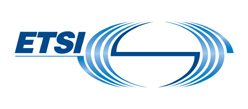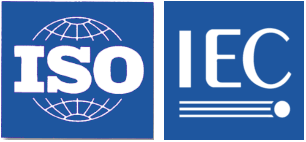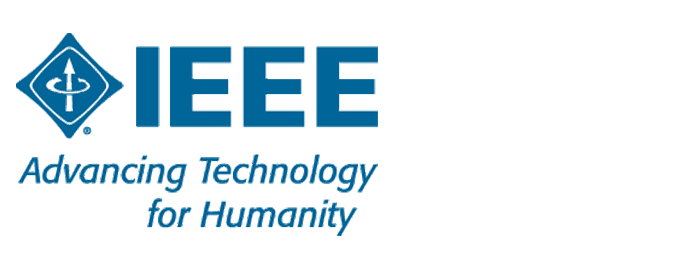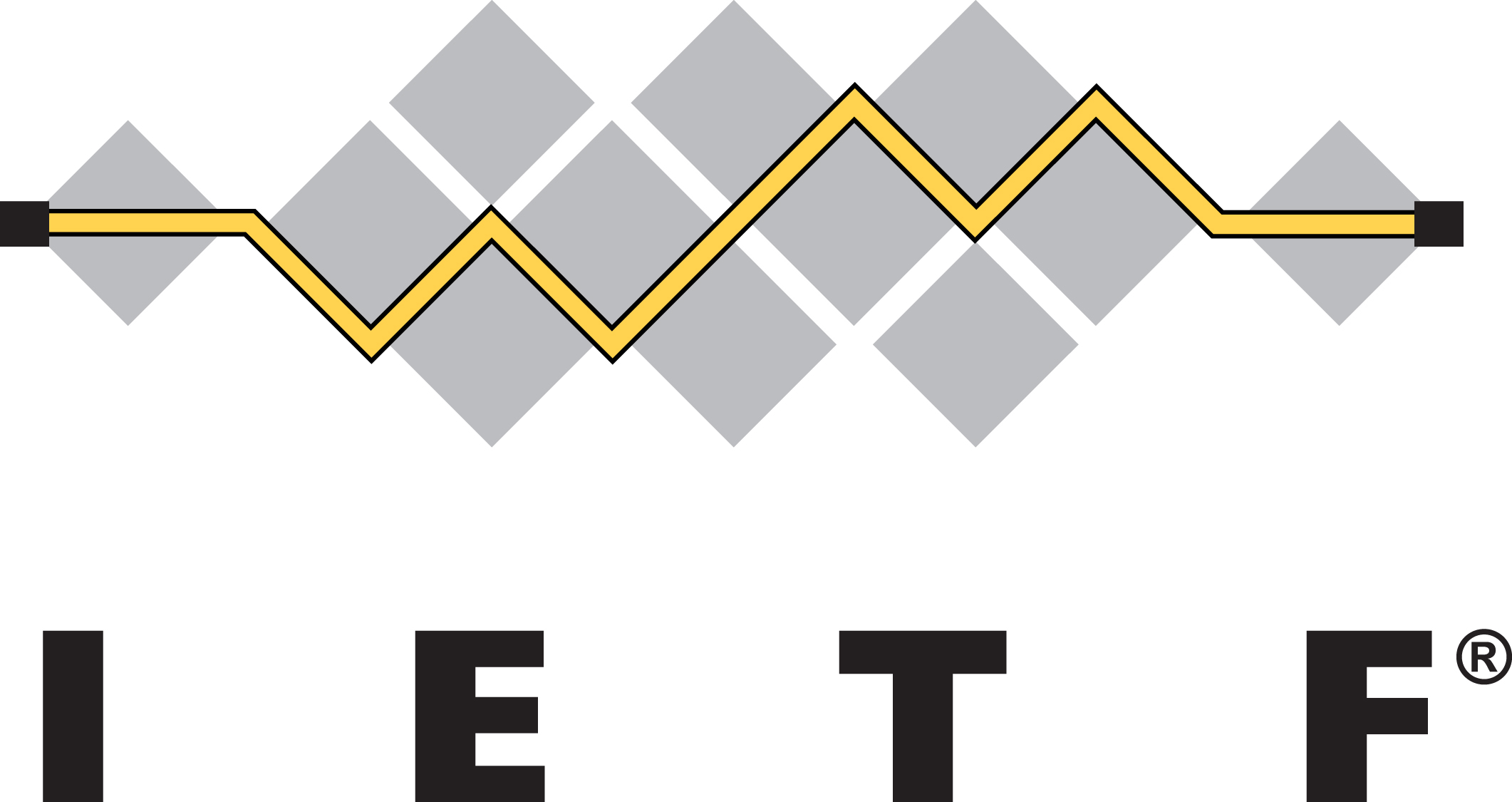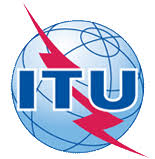ETSI GS MEC-DEC 032-3 V2.1.1 (2020-12)Multi-access Edge Computing (MEC); API Conformance Test Specification; Part 3: Abstract Test Suite (ATS)
Based on the testing methodology guidelines and framework specified in ETSI GR MEC-DEC 025, the document specifies part 3 of a multi-part deliverable on conformance test specification. Part 3 provides the Abstract Test Suites (ATS) in TTCN-3 and the Robot Framework for the MEC Application Enablement API specified in ETSI GS MEC 011 and the MEC service APIs.
